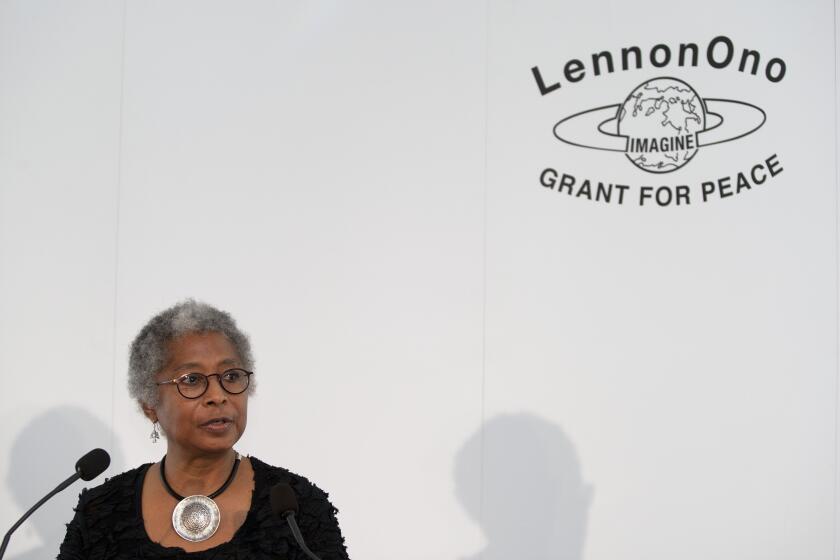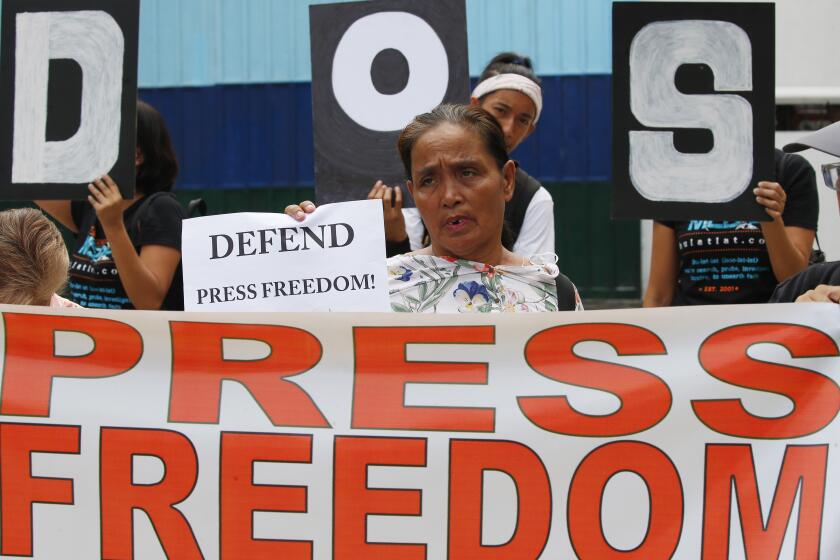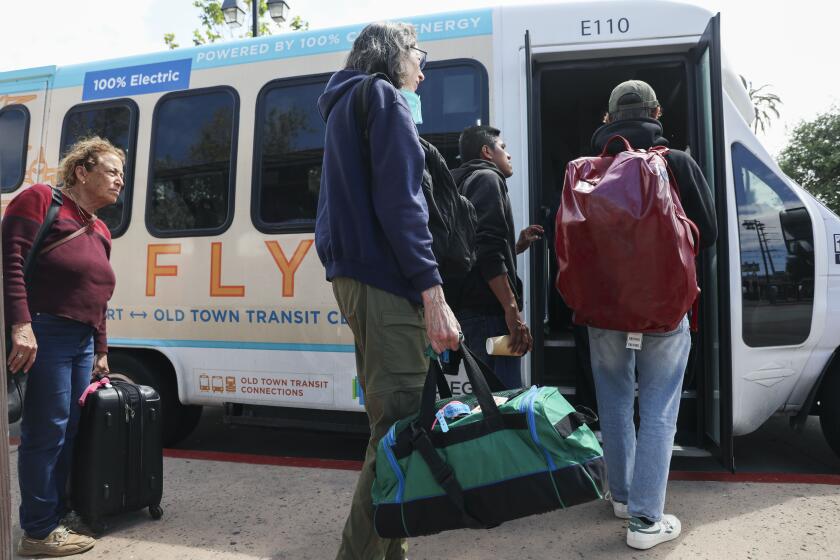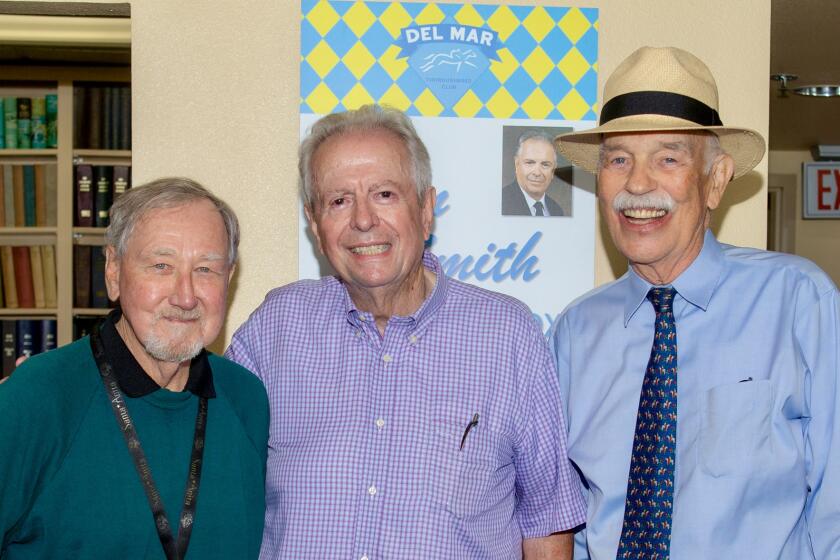Column: Props to San Diego County for taking on misinformation; now let’s tackle it broadly

Misinformation goes well beyond the medical sphere, but there are steps we can take to stop its spread
When I worked for a small newspaper in Connecticut the newsroom staff put on a library workshop series intended to combat misinformation and give the public a better understanding of what goes into reporting.
We talked about the reporting process, fact-checking, and spotting false or misleading articles on Facebook and Twitter. I couldn’t help but think back on those workshops this week as we saw San Diego County get the ball rolling on combatting medical misinformation.
On Tuesday the San Diego County Board Supervisors approved a measure declaring medical misinformation a public health crisis. The declaration, which county officials say may be the first of its kind in the nation, is intended to highlight accurate medical information and discourage people from following inaccurate or misleading information as it relates to COVID-19 and the surging Delta variant.
The measure met heavy opposition from many of the 250 speakers who addressed the board, including a contingent of anti-vax, anti-mask individuals who over the past several months often shouted insults and threats at board members.
The general theme among the opposition Tuesday seemed to be questioning what constituted misinformation and accusations that the measure would stifle free speech. This despite the measure not actually suggesting or proposing any penalties for individuals who spread false information that medical experts deem misinformation.
In fact, as UT reporters Deborah Sullivan Brennan and Andrea Lopez-Villafaña noted in a follow-up story Wednesday, right now the measure seems to just broadly direct county staff to identify health misinformation and its sources and identify gaps in health information. It also authorizes the county to invest in training for health professionals and in educational programs to help people distinguish between medical research and personal opinion.
I’m not overly optimistic the campaign will be supremely successful. Falsehoods spread so easily and rapidly on social media, and folks are naturally inclined to seek out information and resources that confirm their own beliefs. Studies have found that people often remain entrenched in their beliefs even when made aware of evidence those beliefs were founded on misinformation.
I also understand there are some who may look at Tuesday’s action and regard it as all about optics.
Still, I’m happy the county took this step, because any effort to combat the spread of any kind of misinformation should be welcomed as we collectively are in the midst of a serious information crisis that requires every resident, business, elected official and news organization to step up.
Misinformation, false information that is spread regardless of intent, is not a new phenomena, but it has received significant attention from governments across the globe as it became more of a force in politics and health in the social media era.
One example of just how prevalent the issue is can be found in a 2018 study published in Science Magazine that looked at Twitter data from 2006 to 2017. That data — comprised of 126,000 stories tweeted by 3 million people more than 4.5 million times — showed that false news spreads faster on Twitter than other types of news, and tweets with false content were 70 percent more likely to be retweeted than fact-based tweets.
This has led to an abundance of research into the issue and plenty of suggestions for how people, individually and collectively, can take steps against the spread of misinformation.
In 2018 a European Union commission of high level experts, representatives from technology companies, journalists, fact-checkers, academics and the public completed a report focused on countering misinformation and disinformation. Their report, which discouraged any kind of censorship or knee-jerk regulatory responses, suggested increasing investment in media and information literacy programs as well as increasing data-sharing between social media companies and the fact-checking and verification community. It also called on public authorities to be prompt in providing data when requested.
Closer to home, Darrell West of the Brookings Institute authored a report on the spread misinformation in 2017, after its prevalence during the 2016 presidential election. He highlighted promoting strong norms in professional journalism, reducing financial incentives for “fake news,” strengthening online accountability by removing anonymity and mandating social media users disclose real names and diversifying one’s individual news diet as important steps to combat misinformation.
Another common suggestion you’ll find in most reports about misinformation is to launch news literacy programs, to help consumers discern between what is real, fact-based information and what is not.
Media Literacy Now, a politically neutral advocacy nonprofit focused on making media literacy widely understood, has called on lawmakers across the country to establish media literacy education as an essential part of public education and to permanently fund it.
As of June 2021 the group reported that at least 14 states had some form of media-literacy-related language on the books but only two have what they regarded as “strong statutory language:” Ohio and Florida. Those states require their Departments of Education to develop education standards that integrate media literacy across curricula at all grade levels.
California was one of the 14 states mentioned, but we have a long way to go to be considered strong on the issue. A 2018 law required the California Department of Education to provide media literacy resources on its website, to help teachers and students. However legislators removed a portion of the bill that called for creating a media literacy curriculum.
Although this issue is an uphill battle, I just hope all of us can follow the county’s lead and try to find some small step we can take to push back against the spread of misinformation.
Get Essential San Diego, weekday mornings
Get top headlines from the Union-Tribune in your inbox weekday mornings, including top news, local, sports, business, entertainment and opinion.
You may occasionally receive promotional content from the San Diego Union-Tribune.











